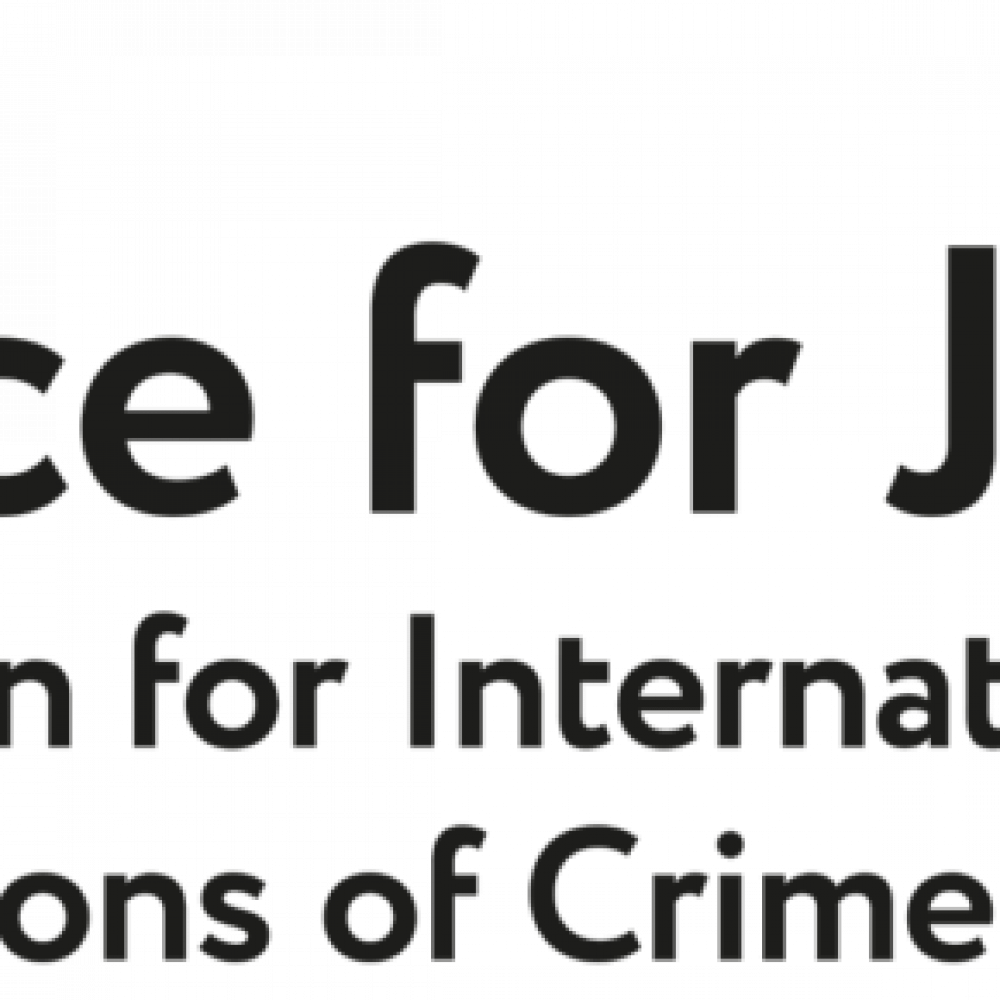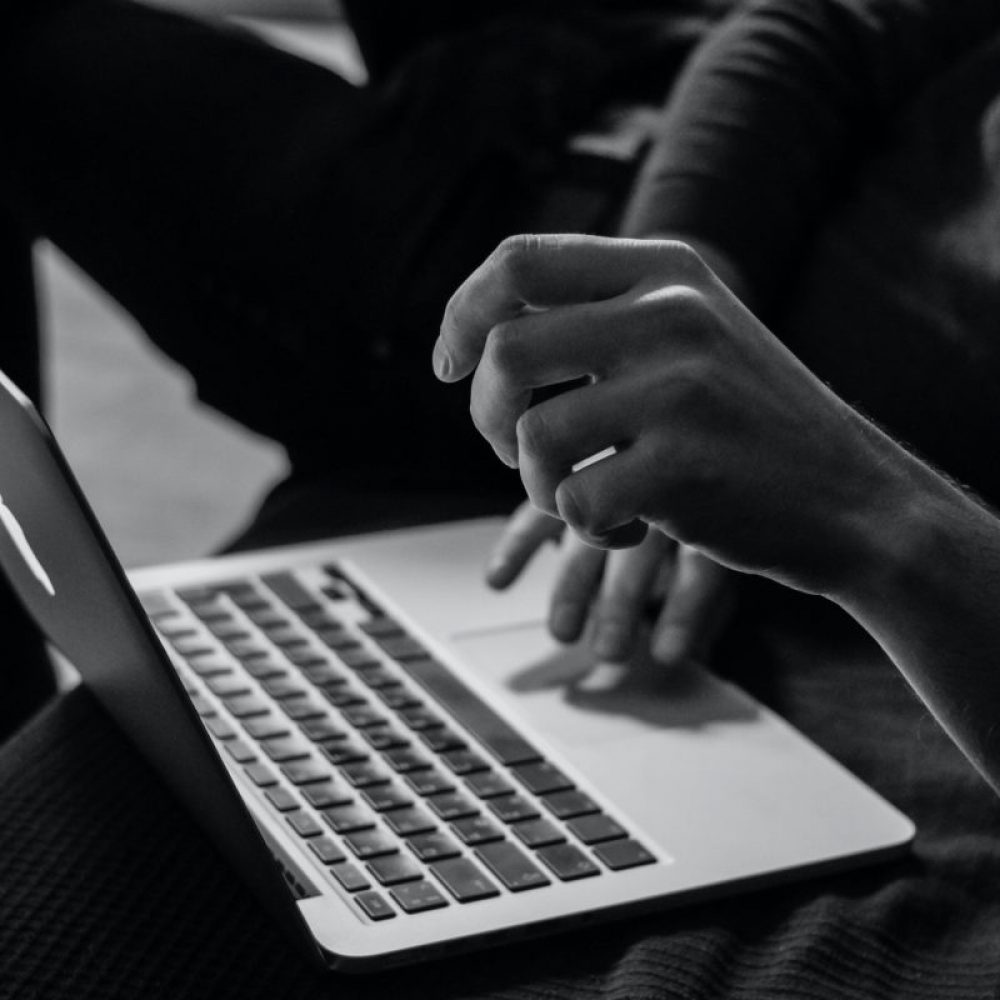What is online harassment and why should we take it seriously?
According to a recent study by the International Center of Journalists and UNESCO, nearly three-quarters of women journalists experience online abuse, harassment, threats and attacks as a result of their gender. Discrediting, public shaming, and cyberstalking are just some of the attacks women journalists are systematically facing online.
Online harassment against women journalists and their safety online has become a global challenge many are trying to address, and find solutions to. And yet it remains an issue of global scale that requires the attention not only of international organizations who work to defend journalists’ rights online and offline but a much bigger effort. One that goes beyond monitoring, documenting, and researching. It demands an effort to condemn the attacks and provide safety and support mechanisms. Finally, a lot still falls on the shoulders of women journalists who face these attacks.
The experience of recent years shows that speaking up about the harassment women journalists face online has been crucial in the documentation and monitoring process. As a result, not staying silent is just as important as not letting any forms of online harassment prevent them from doing their jobs.
What is online harassment?
According to Dart Center Manual on online harassment and PEN America’s Online Harassment Field Manual, online harassment also known as cyber harassment and cyber abuse is an umbrella term that refers to any unwanted verbal or nonverbal behavior that occurs online and violates the dignity of a person by creating a hostile, degrading or offensive environment by one party against another. Online harassment does not only happen against individual journalists per se, but can also happen in the case of organizations and groups.
Specifically, online harassment can include cyberbullying, cyber-mob attacks, cyberstalking, doxing, hacking, hateful speech and online threats, message bombing, sexual harassment to name a few. These attacks can also happen anywhere – via email, social media platforms, messaging apps, blogging platforms, and in the comments section under articles written by women journalists.
When women journalists face these attacks, they suffer from reputational damage, undermining of their credibility, embarrassment, retreat and last but not least, silencing.
When I started my journalism career eleven years ago, I was not aware of online harassment nor about the toll it could take on one’s professional reputation and well-being. But in 2014, I learned about it the hard way, through my personal experience. Since then I have experienced many forms of online harassment – death threats, sexual harassment, message bombing, hateful speech to name a few. In addition to personal attacks, my family members were also targeted online.
What I learned over the years, was that it does not matter in what part of the world you live, the political environment there, women journalists everywhere are subject to this kind of treatment, regardless of their nationality or the country’s democracy score.
Brianna Wu is a video game developer and a writer who was targeted for having openly talked about the misogyny in the gaming industry in the US. She was forced to leave her home after harassers sent her threats and packages via mail. Wu’s story is probably one of the most well-known and may as well be described as the beginning of organized online harassment in the US and elsewhere.
In France, a private group on Facebook called “LOL League” was used to harass women journalists like Capucine Piot, who was targeted through the group with a mocking video montage and repeatedly attacked online for years. Another journalist, Florence Porcel, was a victim of the job offer hoax. When the video of her fake job interview the group organized was made public, Porcel said she “cried from shame, humiliation, and fear”.
In the Philippines, Maria Ressa, founder and executive editor of the news website Rappler received online threats of rape, murder, and arrest via social media platforms.
These stories as well as many others were reflected in the findings of the Committee to Protect Journalists study that discovered that online harassment was the biggest issue for women journalists, with threats ranging from unsolicited sexual messages on social media platforms to threats of violence, rape, and death. CPJ survey found that the online threats often accompanied or implied plans to attack a journalist in real-life.
In 2018, a joint study by the International Women Media Foundation and Troll-Busters.com, concluded that online attacks against women journalists have become more visible and coordinated in the past five years. Respondents interviewed for IWMF/TrollBusters report said physical, sexual, and online abuse became part of their daily work lives. And that the burden was especially hard for freelance reporters.
What can be done?
Often, measures to tackle different forms of online harassment vary based on the countries women journalists work in, the legal system in place, and the overall approach to harassment. Still, there are some steps that women journalists can take to protect themselves from online harassment. While digital hygiene and security awareness is important, identifying coping mechanisms and strategies for protecting your mental health are just as important.
A number of international organizations also offer support to women journalists who are unaware of the problem, struggle to cope with it and pursue their work and career despite the attacks. Lastly, remembering that these are not isolated cases, is equally important. You are not alone, and there is help and support if there is a need. Some practical advice to keep in mind:
- Make sure to document what happened. Share it with your community of friends, colleagues, editors. You cannot and should not feel the obligation that handle it on your own; inform the platforms where harassment is taking place; report the account targeting you.
- If you can ask someone to monitor your social media accounts on your behalf temporarily while you take a break, do that; you don’t have to be reading all of it.
- If you are an active Twitter user, sign up for a block party that can monitor your Twitter followers on your behalf and mute them based on your criteria.
- Stay informed, know the types of threats you are facing, and refer to the constantly updated literature and recommendations on online harassment by the Dart Center and PEN America.


